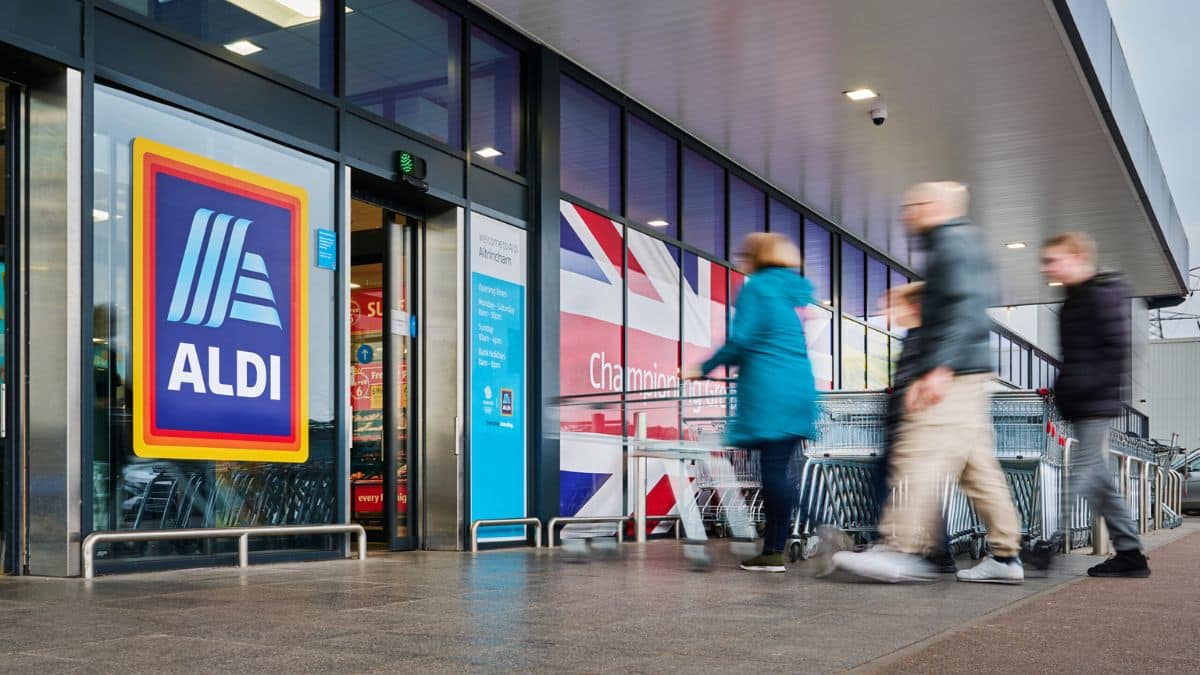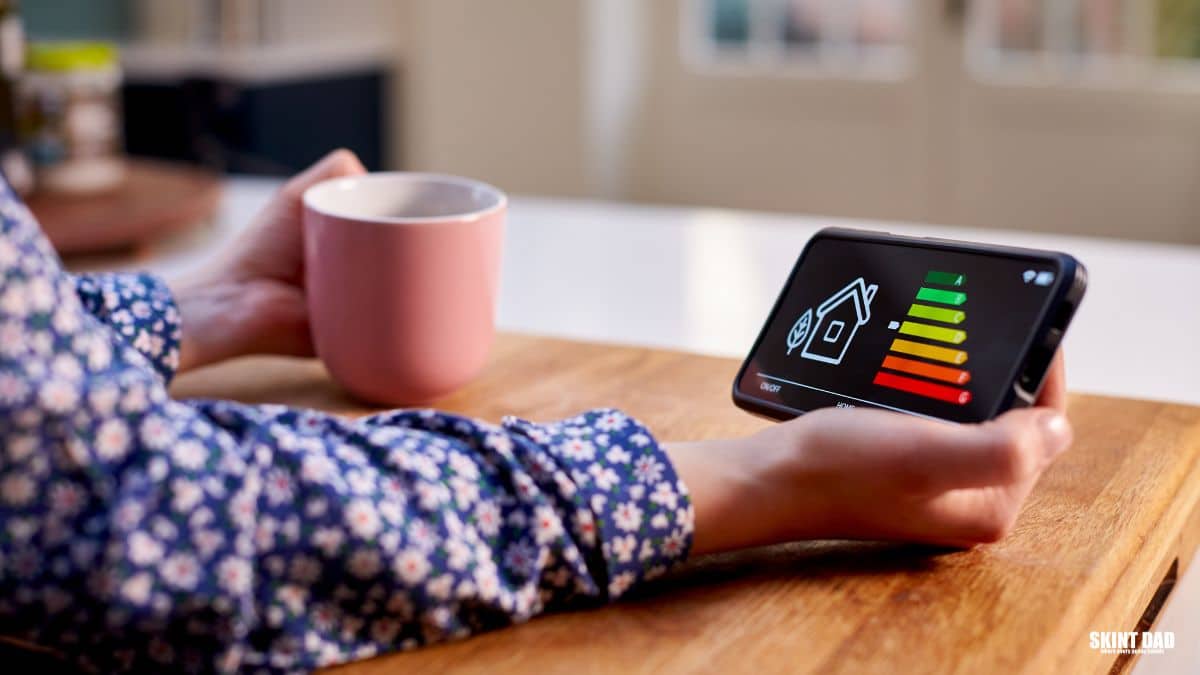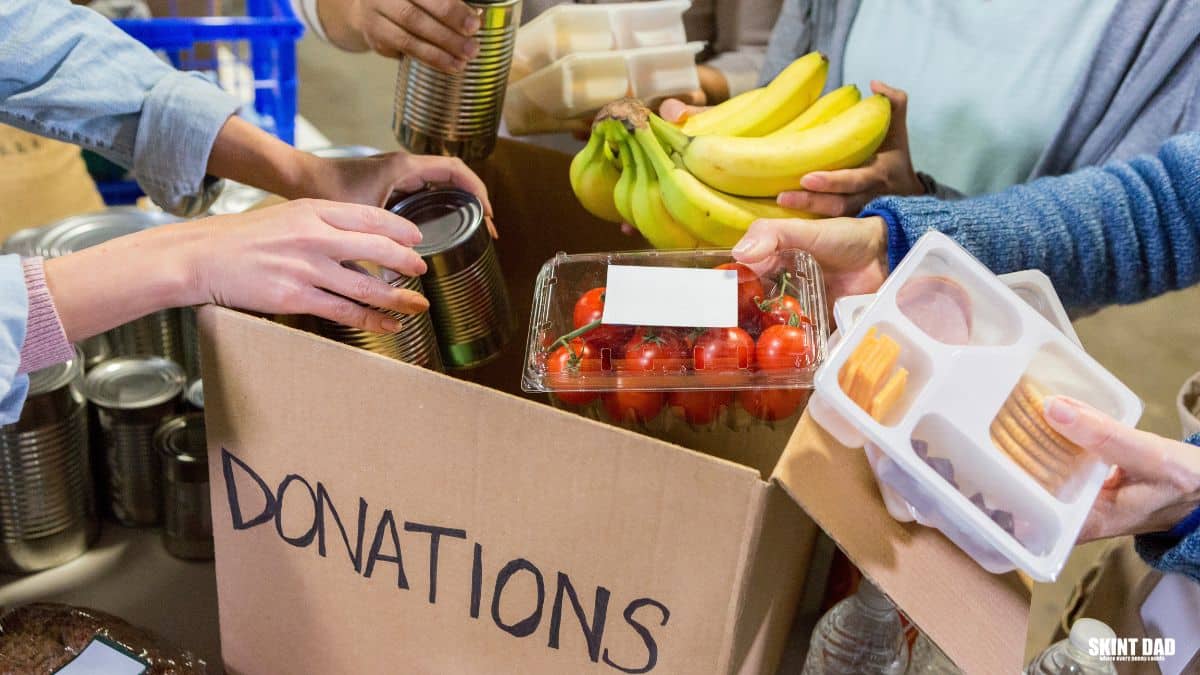
Nov. 2, 2023 – No matter where you look, you can see evidence of creativity: painters, architects, dancers, Ted Lasso writers (oy!), fashion-forward friends, trick-play coaches, fast-acting surgeons, sand-castle builders, TikTokking fiddlers, Tweeters who can dream a meme, chefs who can figure out 42 unique uses of fig jam, editors who allow writers to use the words fig jam.
Often, we assume that it’s only the tortured artistes of the world who have been blessed with this skill set.
“You don’t have to be a tortured soul to be creative,” said Art Markman, PhD, an associate provost and professor of psychology and marketing at the University of Texas at Austin.
We all use creativity to some degree as part of our daily rhythm of living, thinking, and doing.
In fact, it’s a mistake to pigeonhole “creativity” as only fitting the capital-C creative endeavors, because creativity can be learned, developed, and nurtured – and regularly flexing your creative muscles benefits your brain and overall health.
The best part: Creativity is limitless. It can be LOUD and BOLD and PUBLIC, but it can also be a whisper, a soft approach to playing with your brain – without an end point, without a product, without a standing ovation or 10,000 likes.
The key?
“It’s the process of creation – the engagement – that improves creativity,” said Christianne Strang, PhD, an assistant professor at the University of Alabama at Birmingham, who is a neuroscientist and an art therapist.
The Link Between Creativity and Health
Strang says creativity does have an adaptive value: If our early ancestors had a problem (cornered by a snarling beast) and a creative solution (hmm, this necklace made of tusk shards makes for a convenient eye-gouging weapon), the better chance we had to survive. While that type of benefit certainly may still exist today for those in life-and-death situations, the adaptive health lesson is that the process of thinking creatively is indeed good for humans.
Years ago, research about creativity and health would seem as implausible as AI writing half this story (it didn’t!). But now there’s a large body of research looking at relationships between creativity and brain health – but the benefits may not stop there.
For example, one study in the International Journal of Environmental Research and Public Health showed that higher creativity and well-being have a positive relationship. And creative activities have been linked to improved immune function, as well as having positive impacts on conditions like Parkinson’s disease, posttraumatic stress disorder, depression, and a host of other mental health issues.
“One thing that happens with depression is that people can get stuck in their thoughts and ideas and start disbelieving in their capacities and self-efficacy,” Strang said. But when they can be creative, they improve their ability to function – and thus better support mental health.
Perhaps best of all, creativity and mood can work in a virtuous cycle.
When people are in a positive mood and happy, they tend to come up with more original ideas, and when you’re happier, you’re more creative.
“Having an insight can make you extremely excited and boosts dopamine,” said Carola Salvi, PhD, who studies creativity and cognitive flexibility as a research scientist at the University of Texas at Austin Dell Medical School and a professor at the John Cabot University of Rome.
The Stages of Creativity
What happens in your brain during the creative process? Many variables are at work – depending on who you are, what you’re doing, and your goals.
“People often think that creativity just comes out,” said Indre Viskontas, PhD, an associate professor at the University of San Francisco, who is a neuroscientist and an operatic soprano. “But any professional will tell you that’s not true.”
That’s because the creative process uses both the executive function areas of the brain (involved with logical thinking) and the default-mode network – connected areas in the brain that are triggered when you’re not focused on what is happening around you (daydreaming or other “mindless” activities).
There are four stages of the creative process:
Preparation (executive function): This can come in many forms, like identifying a problem, setting goals, making boundaries, or even learning a new skill. You have to learn basic chords before you can start riffing center-stage guitar solos.
Incubation (default-mode network): Here, you allow yourself time and space to let mind-wandering dominate, Viskontas said. Your brain, essentially, is slow-cooking some neurological jambalaya – nothing to watch, nothing to do, just let all the cool ingredients simmer in your cerebral pot. Creative solutions and ideas bubble to the surface as your brain forms remote associations.
“The paradox of creativity is [that] walking away from your problem and situation is the pathway to being more creative,” Markman said.
Illumination(default-mode network): These aha!-eureka! moments often happen in the shower because our brains are not distracted. They’re also tied to the brain’s salience network, meaning they’re strongly linked to emotions (you feel that dopamine boost when the switch flips and you jackpot an idea).
“When people are being creative, they often aren’t concentrating and devoting all their attention to the subject matter,” said Mark Runco, PhD, director of creativity research and programming at Southern Oregon University. “The relaxed state opens the door to more remote associations and a wider range of possibilities.”
Verification (executive function): How do we know an idea is good? You need the prefrontal cortex to evaluate it – and follow through on execution. That doesn’t mean bad ideas don’t have a purpose (see below), but when the stakes are high, we need validation. Think about creative medical solutions, for example; it’s important to know whether an innovative fix worked.
How to Get ‘Better’ at Creativity
The value of developing the skill of brain play is that not only can it improve your health, it can also improve life skills. People who are more creative in problem-solving tend to be more critical thinkers, Salvi said.

“You can always develop those kinds of skills, always learn new things, always learn new strategies, always train yourself to recognize that the downside of having a bad idea isn’t so bad and the upside of having a good one is really powerful,” Markman said.
Some approaches:
Give yourself plenty of incubation time. Viskontas likes to run – and she takes the same route nearly every time to make the activity as mindless as possible. Showers, shopping, and walking can all work the same way.
Change the way you brainstorm. “Brainstorming feels like a lot of fun but doesn’t work really well,” Markman said. Instead of gathering a group to come up with a lot of ideas, it’s more effective to think of ideas on your own and then come together to evaluate and build on them. “Instead of group brainstorming, it should be individual brainstorming and then use the power of a group to evaluate,” Markman said.
Close your eyes. Your visual cortex tends to be less active during creative phases. Makes sense, right? It’s why we look up at the ceiling when we’re brainstorming. “In order to have creative ideas, people tend to screen out distractions and focus more inwardly,” Salvi said.
Consume, consume, consume. The more you read, watch, and learn, the bigger the neurological library you’re building. “One of the things we know about being creative is that you have to have a fair amount of knowledge,” Markman said. “A lot of times what you’re doing is applying knowledge where it hasn’t been applied before.”
Get in tune with your tendencies. “You need to know your chronotype – when you best deliberately focus and when your mind naturally wanders,” Viskontas said. If you can match the time of day with when you’re best at a task, you improve the process.
Stop short. “One thing I learned from Hemingway, not directly, is that you always leave something in the cup,” Viskontas said. That is, when you’re working on a creative endeavor, don’t leave the project with a natural ending spot; leave when you’re just short of it. Knowing where you’re going to pick up the next time is a great advantage over starting with a blank page.
Embrace the bad ideas. We tend to shut down when we’re embarrassed, which harms creativity, Markman said. “One of the things we know is that the people with the best ideas have the most ideas. Creative people have a lot of bad ideas,” he said. So there’s value in not stifling your process over the fear of how others might react. “Even our mistakes have value,” Strang said. “We should embrace them rather than shut them down.”
Try something new. Markman, who picked up the sax in his 30s, suggests that learning any new skills, such as in the creative arts, can be good for your brain and for improving your innovation skills.
“If people allow themselves to play, it feels good. Maybe they don’t like what it looks like, but it felt good to do it – the expressive spontaneous mindset. Being creative may be a reward itself if we allow ourselves to do it,” Strang said.






